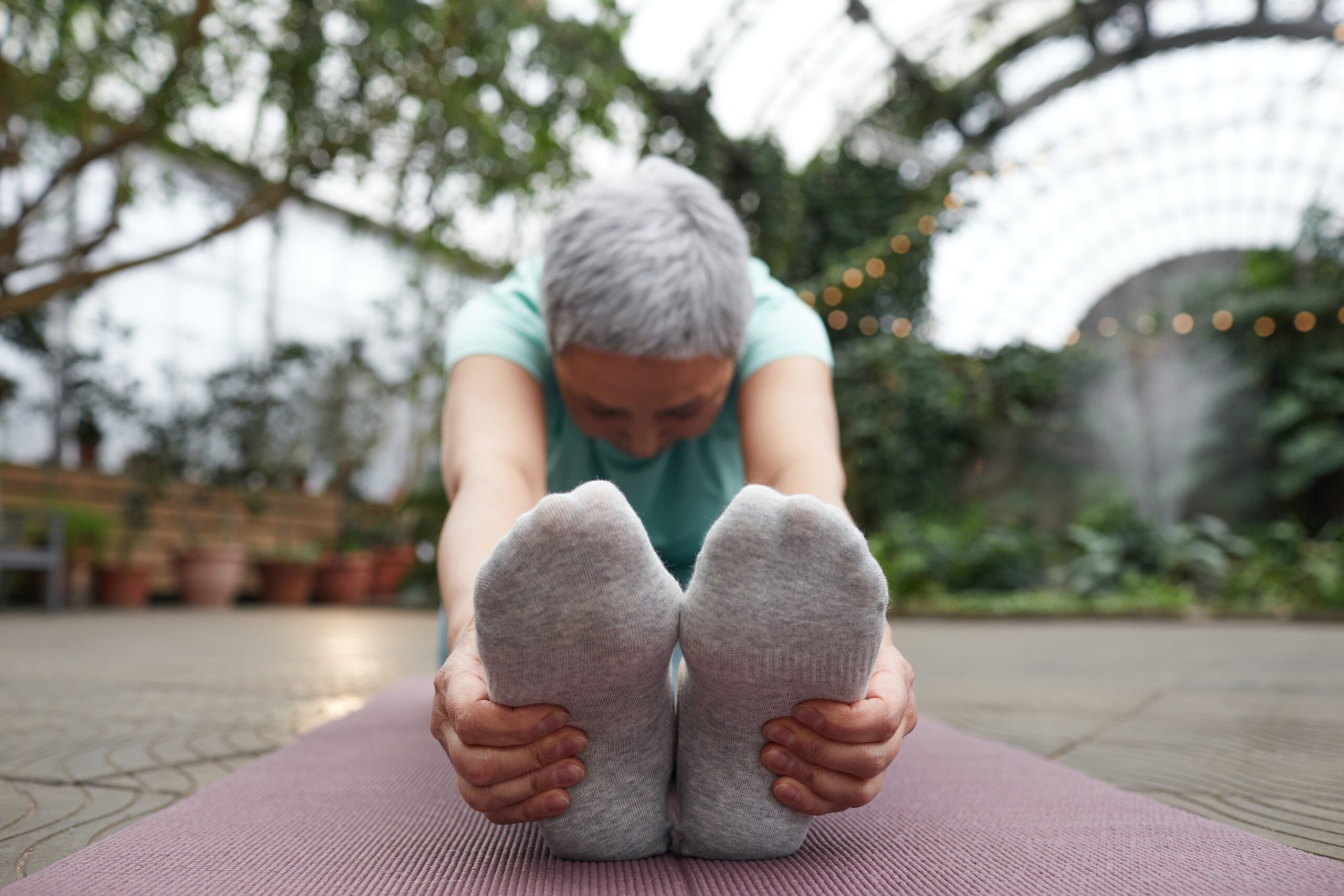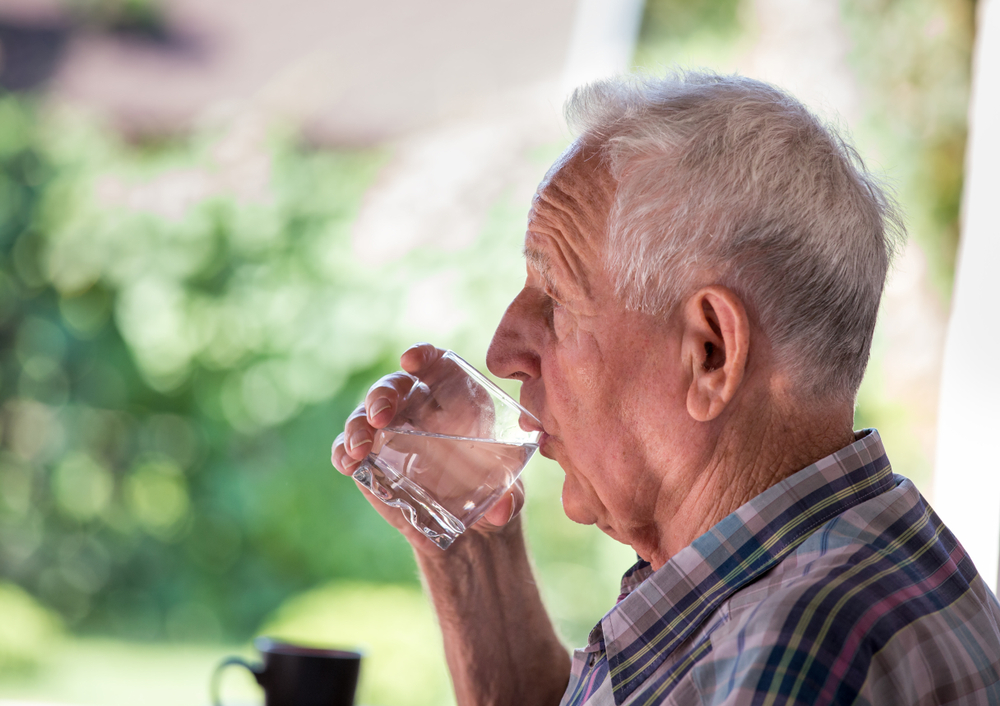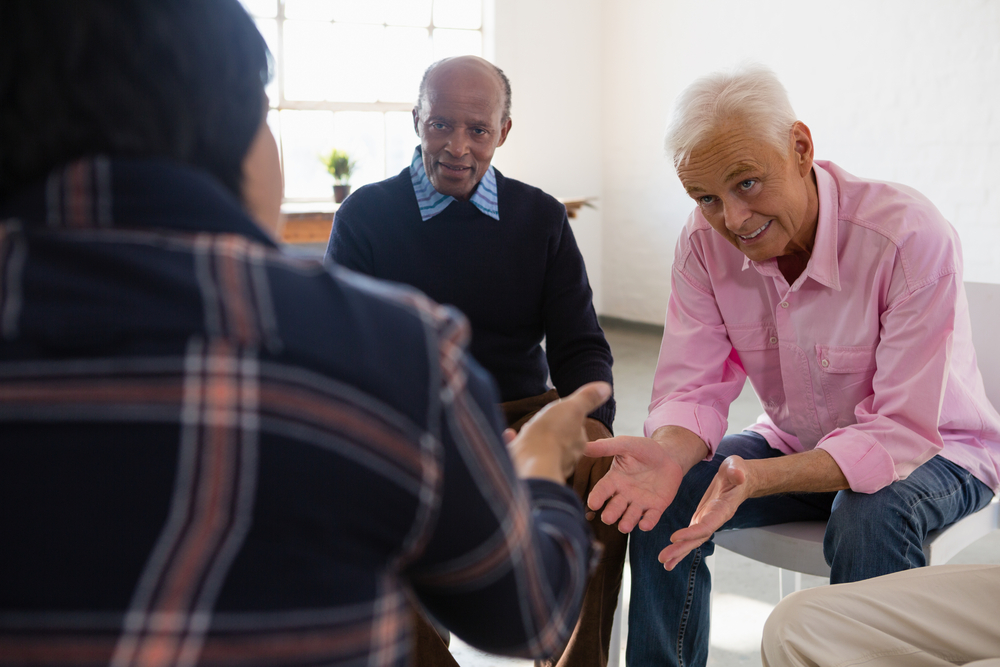Senior Foot Care: How to Keep Feet Healthy as you Age
Category:

Foot care for older adults can often be forgotten due to a growing laundry list of demanding responsibilities. However, foot care for the elderly should be just as much a part of any caregiving routine. In this post, we will review the importance of foot care in elderly, some common problems you may have with their feet, and how to keep feet healthy as you age.
Why Foot Care for Seniors is Important
Getting older can take its toll on feet, making elderly foot care an important task for one’s caregiving routine. For example, feet can flatten or become wider as one ages. This leaves bones and joints more prone to wear and tear. Even something as simple as a blister or an ingrown toenail can affect mobility and overall balance in older adults. We’ll cover how to practice senior foot care later in this blog post but before we do that, let’s review a few common problems that require foot care for elderly.
Common Foot Problems in Seniors
There are a few things one can do for senior foot care at home. But what kind of problems can a senior require care for? Below are some common issues seniors may experience.
-
Athlete’s foot/toenail fungus. These types of infections can occur as a result of sweating while wearing shoes.
-
Bunion. This deformity in the big toe joint occurs when the toe slants outward at an angle, making it become swollen and tender.
-
Corns/calluses. Friction and rubbing from shoes can create these thick layers of dead skin.
-
Hammertoes. This is when shortened tendons pull the toe into an upside-down V shape, which can affect an older person’s ability to walk or keep balance.
-
Ingrown toenails. When nails are cut incorrectly, it can result in corners or sides digging painfully into the skin.
It should also be noted that arthritis and diabetes can trigger foot problems. In particular, diabetes can result in numbness, which can prevent patients from recognizing early signs of infection. This is why seniors should take note of any sores or changes and follow the doctor’s recommendations. This can prevent possible amputation of the foot. In the next section, we will review how to care for aging feet.
Download Our Joint Pain Remedy Guide
Home Foot Care for Seniors
Now we are ready to dive into elderly foot care at home. Below are some steps you can take to handle foot care for the elderly.
-
Visit a podiatrist. This medical professional can monitor you for regular foot problems and give you proper treatments.
-
Regularly inspect feet. Look out for blisters, redness, and other changes to the nails and skin.
-
Keep your feet dry (but also moisturized). Make sure you change your socks regularly and make sure they’re not damp from sweat or a shower before putting shoes on. However, you should also apply soap and lotion daily after bathing to prevent cracks and calluses.
-
Wear shoes that properly fit. You can have your shoes professionally fitted or you can get prescription orthotics, which can be partially covered by Medicare.
-
Exercise. Perform stretches and other resistance activities to make your feet stronger, more flexible, and circulate blood better.
Trim toenails regularly. If you must trim nails, be sure to cut them straight across and smooth edges with an emery board.
*Griswold does not offer nail cutting services, please consult your healthcare provider before starting a new treatment and discuss what options are available to you.
Subscribe
Date: June 15, 2023
Category:


